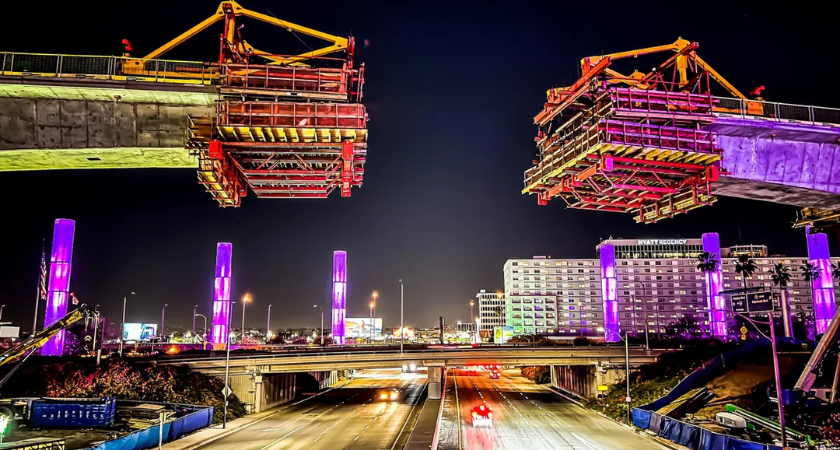
Fluor Corp. reported steep financial losses in the third quarter of 2025, driven largely by a $653 million legal charge tied to a long-completed liquefied natural gas project in Australia. Despite the setback, company executives said they remain bullish about future megaproject opportunities, especially in the growing global power sector.
“Despite continued short-term uncertainty in some markets, we are well positioned with unmatched global engineering and construction expertise, disciplined execution, a predominantly reimbursable portfolio and a clear capital allocation strategy,” said CEO Jim Breuer. “We remain confident in our ability to deliver significant value over time.”

The charge was the result of a court ruling involving Fluor and Santos, the energy company behind the Australian LNG project. Fluor intends to appeal the decision, though the hit significantly affected quarterly results.
Revenue fell around 18% year-over-year to $3.4 billion, contributing to a net loss of $697 million for the quarter. Backlog also slipped 10% from last year to $28.2 billion, though new awards rose 21% to $3.3 billion, signaling improving momentum in bookings.
Breuer cited ongoing delays in customer investment decisions due to international trade uncertainty, noting that while 2025 new awards have slowed, the company expects a major ramp-up toward the latter half of 2026.
He warned that the federal government shutdown could temporarily impact contracting in some sectors. Still, he emphasized Fluor’s expanding focus on the energy transition, particularly power generation and grid modernization:
“We’re accelerating our efforts in the power market, given the increased need for power generation. We’re pursuing a number of opportunities in the U.S. and internationally, particularly where we have an operational footprint.”
Fluor’s Urban Solutions division delivered $61 million in profit, driven by strong demand for life sciences facilities and new mining investments — including copper capacity expansions tied to electric vehicle growth.
The firm also reported key milestones on several problematic transportation megaprojects approaching completion after years of overruns:
• Gordie Howe Bridge (U.S.-Canada): Opening late 2025 or early 2026
• LAX Automated People Mover: Early 2026
• Dallas I-635 and I-35E improvements: Now scheduled through late 2026
Breuer said the company is still working to recoup unexpected project cost increases across these jobs:
“On many of these projects, we continue to pursue cost recoveries and change orders from clients and subcontractors. While we ultimately expect to be successful in these recoveries, in many cases, these efforts materialize on an extended timeline.”

The Energy Solutions division absorbed most of the quarter’s hit but recorded a major operational win: The completion and turnover of Train 2 at LNG Canada.
“This project will be remembered as one of the largest and most complex projects in Fluor’s history,” Breuer said. “Its success is a testament to our global capabilities, even in remote or difficult locations.”
Meanwhile, the Missions Solutions segment brought in $1.3 billion in new federal awards, including:
✅ A six-year Department of Energy contract in Ohio
✅ Opportunities with the U.S. Air Force
✅ Expanded intelligence support work
✅ A National Cancer Institute project
Analysts acknowledged the quarter’s turbulence but praised Fluor’s stronger project mix:
“Investors will be pleased but likely still want more,” wrote Baird analyst Andrew Wittmann. “Results, however, were tough with weak orders, charges and delays all peppering the report.”
However, executives reaffirmed guidance of $90 billion in new awards by 2028, underscoring the firm’s confidence as global infrastructure and electrification projects accelerate.
Originally reported by Sebastian Obando in Construction Dive.